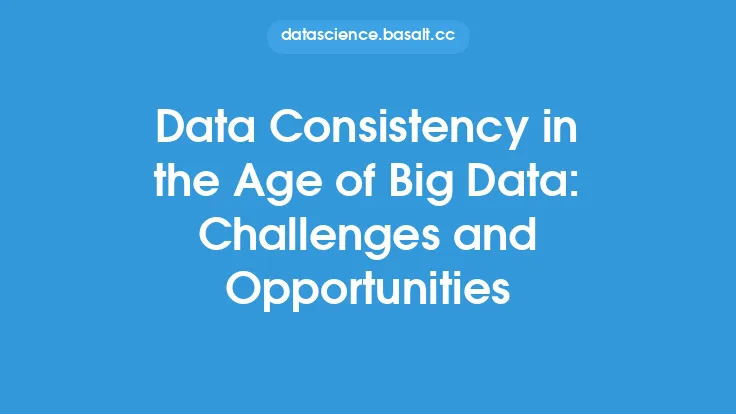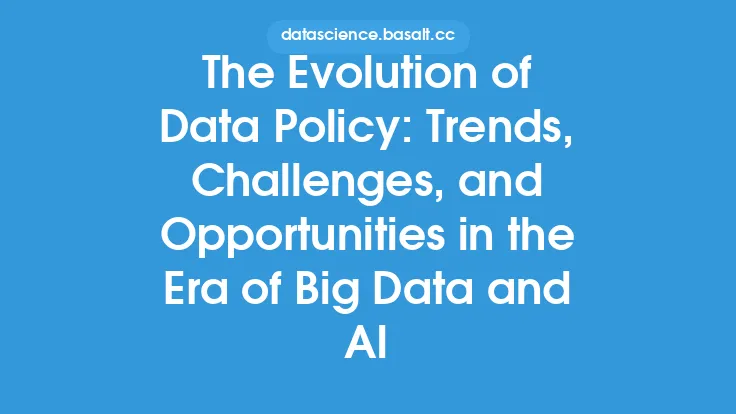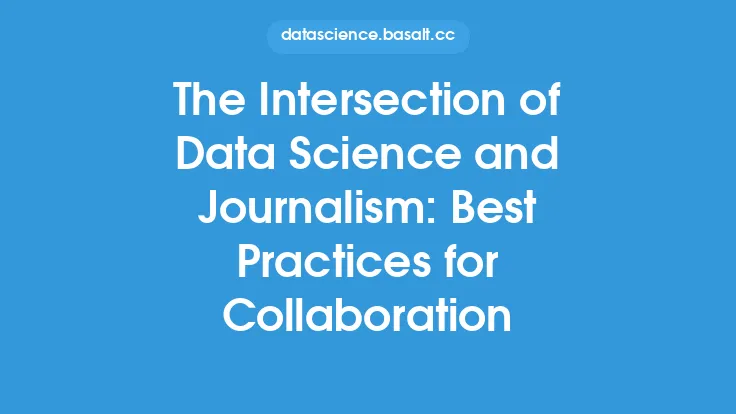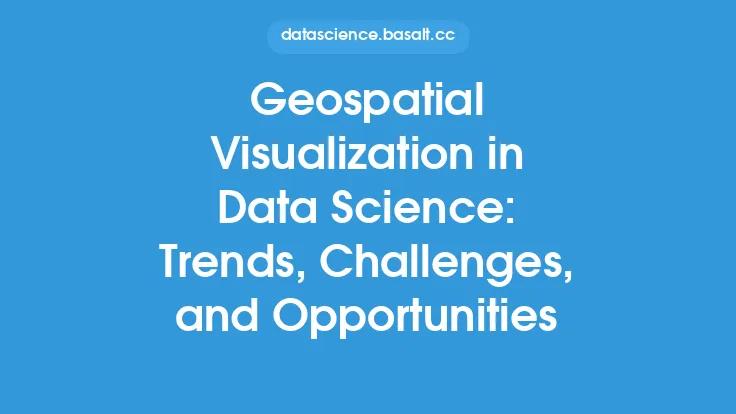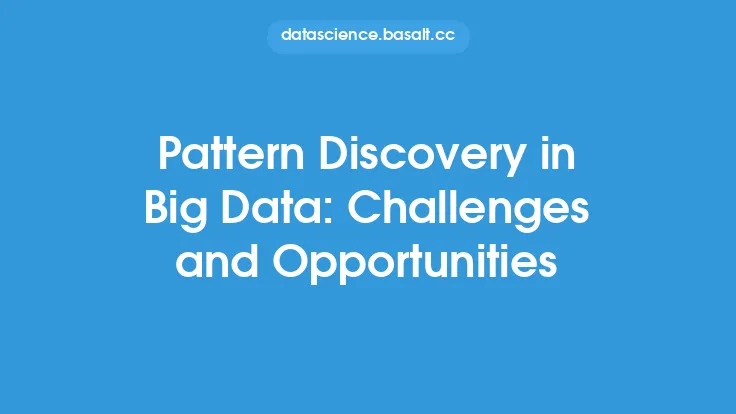The advent of the digital age has revolutionized the way journalists gather, analyze, and present information to the public. Data journalism, a subset of journalism that involves using data and numerical evidence to support or refute claims, has become an essential tool for journalists in the 21st century. With the proliferation of digital technologies, data journalism has evolved to incorporate new methods, tools, and techniques, offering unprecedented opportunities for journalists to uncover hidden truths, identify trends, and tell compelling stories.
Introduction to Data Journalism
Data journalism involves using data to support or refute claims, and to tell stories that might not be possible through traditional reporting methods. It requires a combination of journalistic skills, such as research, interviewing, and writing, with technical skills, such as data analysis, programming, and visualization. Data journalists use a range of tools and techniques, including spreadsheets, databases, programming languages, and data visualization software, to extract insights from data and present them in a clear and compelling way.
Opportunities in Data Journalism
The digital age has created numerous opportunities for data journalists to produce high-quality, data-driven content. Some of the key opportunities include:
- Access to large datasets: The internet has made it possible for journalists to access large datasets, which can be used to identify trends, patterns, and correlations that might not be apparent through traditional reporting methods.
- Advances in data analysis tools: The development of specialized data analysis tools, such as pandas, NumPy, and Matplotlib, has made it possible for journalists to analyze and visualize large datasets with ease.
- Data visualization: The use of data visualization techniques, such as charts, graphs, and maps, has made it possible for journalists to present complex data in a clear and compelling way.
- Collaboration and crowdsourcing: The internet has made it possible for journalists to collaborate with other journalists, researchers, and experts, and to crowdsource data and insights from the public.
Challenges in Data Journalism
Despite the opportunities, data journalism also poses several challenges, including:
- Data quality and accuracy: Data journalists must ensure that the data they use is accurate, complete, and reliable, which can be a time-consuming and challenging task.
- Technical skills: Data journalism requires a range of technical skills, including programming, data analysis, and data visualization, which can be a barrier for journalists who do not have a technical background.
- Interpretation and context: Data journalists must be able to interpret and contextualize the data they analyze, which requires a deep understanding of the subject matter and the ability to identify biases and limitations in the data.
- Presentation and storytelling: Data journalists must be able to present complex data in a clear and compelling way, which requires strong storytelling and presentation skills.
Best Practices in Data Journalism
To produce high-quality, data-driven content, data journalists should follow best practices, including:
- Clearly defining the research question: Data journalists should clearly define the research question or hypothesis they are trying to answer, and ensure that the data they collect is relevant and useful.
- Using multiple sources: Data journalists should use multiple sources to verify the accuracy and reliability of the data, and to identify biases and limitations.
- Documenting methods and data: Data journalists should document their methods and data, and make them available to the public, to ensure transparency and accountability.
- Presenting data in context: Data journalists should present data in context, including information about the data source, methodology, and limitations, to help readers understand the findings and their implications.
Tools and Techniques in Data Journalism
Data journalists use a range of tools and techniques, including:
- Spreadsheets: Spreadsheets, such as Microsoft Excel or Google Sheets, are used to collect, analyze, and visualize data.
- Programming languages: Programming languages, such as Python or R, are used to analyze and visualize large datasets, and to automate tasks.
- Data visualization software: Data visualization software, such as Tableau or Power BI, is used to create interactive and dynamic visualizations of data.
- Databases: Databases, such as MySQL or PostgreSQL, are used to store and manage large datasets, and to perform complex queries and analysis.
The Future of Data Journalism
The future of data journalism is exciting and rapidly evolving. Some of the key trends and developments include:
- Artificial intelligence and machine learning: The use of artificial intelligence and machine learning algorithms to analyze and visualize data, and to identify patterns and trends.
- Big data and data science: The use of big data and data science techniques to analyze and visualize large datasets, and to identify insights and trends.
- Virtual and augmented reality: The use of virtual and augmented reality technologies to present data in a more immersive and engaging way.
- Collaboration and crowdsourcing: The use of collaboration and crowdsourcing techniques to involve the public in the data journalism process, and to produce more inclusive and representative content.
